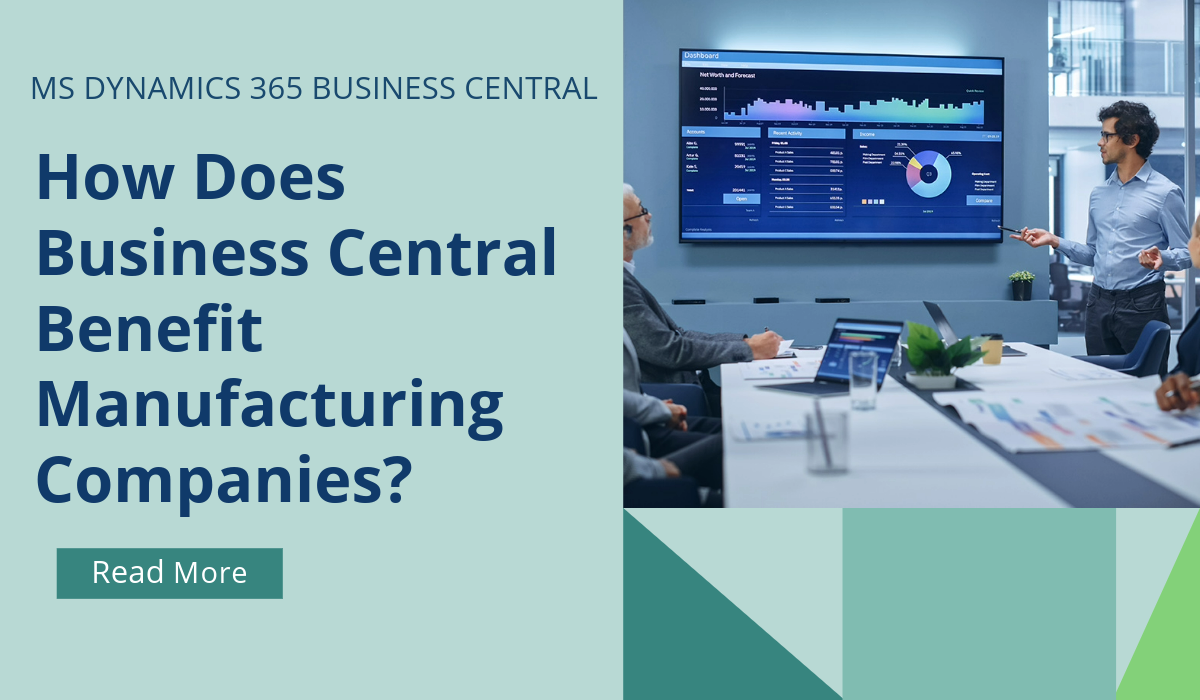
ERP evolution: SaaS vs. on-premise – who wins the battle for your future?
The perennial debate between on-premise ERP systems and Software as a Service (SaaS) ERP solutions often centres on the usual suspects: technology, security and cost. While these factors are undeniably vital, there’s a treasure trove of less-discussed elements that wield immense influence on both business relevance and project success.
Join us on a deep dive into this compelling comparison, which is a journey that’s increasingly pertinent in today’s ever-evolving organisational landscape.
Historically, an on-premise ERP solution came hand-in-hand with the ink-dried signatures of long-term agreements. These hefty investments locked you into a license that etched its presence on your balance sheet, tethered to depreciation schedules spanning at least half a decade.
But what happens when your company’s strategy takes a detour, demanding a shift in functionality? Or when new market horizons beckon, with fresh demands in tow? What if your once-perfect relationship with your implementation partner no longer feels like a match made in heaven?
In the fast-paced world of today’s dynamic markets, an increasing number of organisations are awakening to the reality that lengthy commitments no longer serve their best interests. Being shackled to a rigid software solution hampers adaptability. In stark contrast, SaaS solutions thrive on agility, constantly weaving an intricate tapestry of small, meaningful improvements.
These ongoing enhancements ensure that your ERP stays in sync with the ebb and flow of your evolving work processes, preventing your end users from being marooned on information islands. Moreover, SaaS agreements have to a shorter lead time, granting you the freedom you deserve.
The days of protracted engagements are over, as modern organisations embrace the superior value of subscription-based SaaS solutions.
Another enchanting facet is the degree of standardisation. SaaS and the cloud encourage the sharing of IT resources among various organisations, working harmoniously when these entities use these resources in a similar fashion. This organic standardisation offers a wealth of benefits, chief among them being an extensive selection of standardised add-ons. It’s akin to Microsoft’s AppSource platform, a treasure chest of industry-specific and versatile solutions. These add-ons come with official documentation, rigorous testing and dedicated support – all served in your language and time zone.
The icing on the cake? They bear the coveted seal of approval from Microsoft.
When you contrast SaaS solutions with their on-premise counterparts, the difference is clear. Adapting to the changing tides of market conditions is a breeze with SaaS. You’ll no longer be ensnared in long-term liaisons with your implementation partner or ERP solution. Instead, you’ll bask in a smorgasbord of fast, cost-effective and high-quality add-ons and extensions, poised to catapult your organisation to new heights.
Excited to explore the world of SaaS ERP?
Get in touch today: https://www.brooklandsolutions.com/contact/
April 30, 2024
RECENT POSTS
How Does Business Central Handle Inventory Management?
Inventory Management is a module in Business Central that helps SMBs manage their inventory and other operations within a single platform. SMBs can track, manage, and optimise stock levels across locations. Microsoft Dynamics [...]
How Does Business Central Benefit Manufacturing Companies?
Manufactured products are part of everyone's lives. From the car that you drive, the mobile phone that you use, to the milk that you drank for breakfast. Companies that create these products must [...]
How to Ensure GDPR Compliance through ERP Systems?
Organisations are increasingly dependent on the collection, processing, and storage of data for their continued business operations. However, growing concerns around data privacy and security are nudging businesses to comply with the regulations surrounding the [...]


